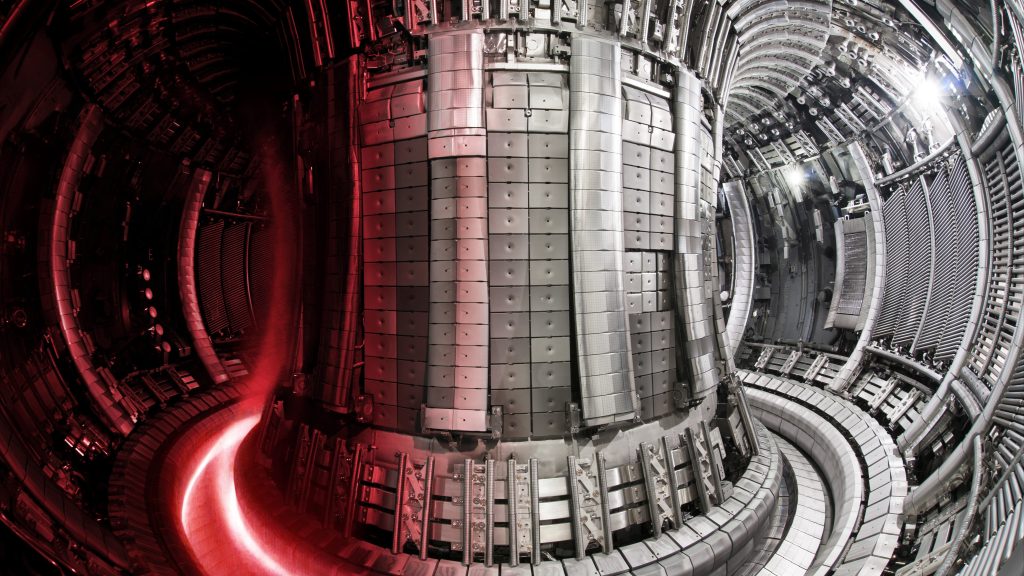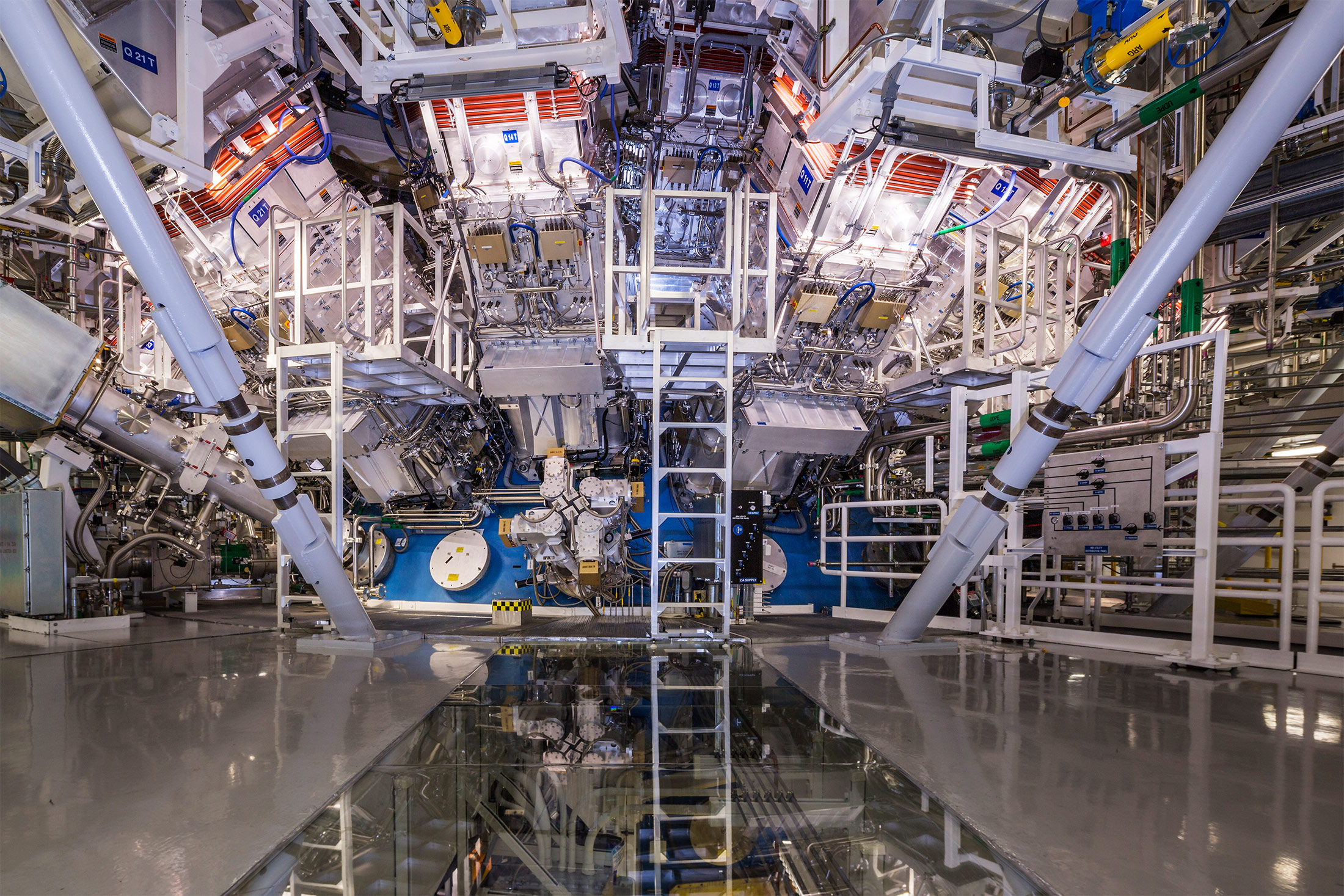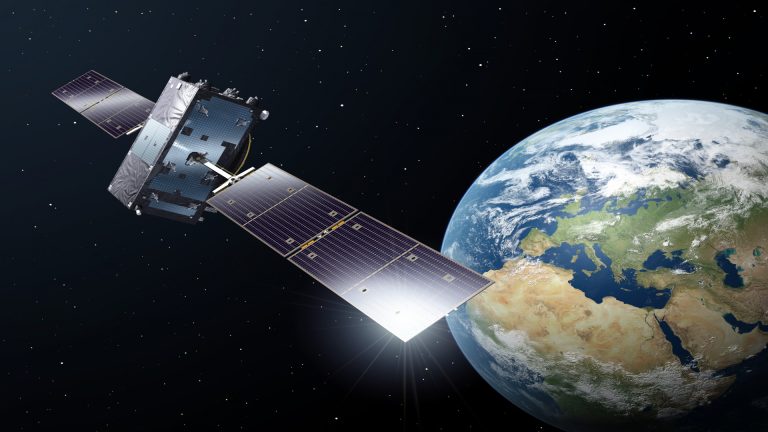Fusion energy sounds like something straight out of a science fiction novel. Well, it’s not. It’s a real and promising avenue for the future of energy production. In this article, we’ll embark on a journey to explore the world of fusion energy, its promises, and the formidable challenges it faces. So, fasten your seatbelts as we venture into the fascinating realm of nuclear fusion, where the sun’s power is harnessed on Earth.
What is Fusion Energy?
Let’s start at the beginning. Fusion energy is a clean and limitless source of power. It’s the process of combining two light atomic nuclei to form a heavier nucleus, releasing tremendous energy. The fuel for fusion isotopes of hydrogen, like deuterium and tritium, are abundant and can be extracted from water and lithium.
The Promise of Limitless Energy
Imagine a world where we always have energy. Fusion has the potential to provide just that. It’s the ultimate green energy source with a nearly infinite fuel supply and no greenhouse gas emissions. The promise of fusion lies in its ability to meet the ever-growing global energy demand while mitigating climate change.
The Stellar Inspiration: How Stars Produce Energy
Fusion energy draws inspiration from the stars. In the core of our sun, temperatures and pressures are so extreme that hydrogen atoms fuse into helium, releasing a colossal amount of energy. Replicating this process on Earth is the key to unlocking the potential of fusion energy.
Nuclear Fusion vs. Nuclear Fission
To understand fusion better, let’s compare it to its better-known cousin, nuclear fission. While fission involves splitting heavy atomic nuclei into smaller ones, fusion combines lighter nuclei. Fusion is safer, produces less long-lived radioactive waste, and has a virtually limitless fuel supply, unlike fission.
The Hurdles on the Path to Fusion
Despite its promise, fusion energy faces formidable challenges. The conditions required for fusion are extreme, with temperatures exceeding millions of degrees Celsius. Containing and controlling this super-hot plasma is no small feat. Moreover, the energy input required to initiate fusion has thus far exceeded the energy output.
The Magnetic Confinement Approach
One approach to achieving controlled fusion is magnetic confinement. Devices like tokamaks use powerful magnetic fields to trap and compress the plasma, enabling the conditions necessary for fusion. ITER, the International Thermonuclear Experimental Reactor, is a prominent example of this method.
Inertial Confinement: A Different Approach
Inertial confinement fusion takes a different route. It involves using powerful lasers to rapidly compress a small pellet of fusion fuel, creating the extreme conditions needed for fusion. This approach has its challenges but offers a unique perspective on achieving fusion.
The ITER Project: A Global Collaboration
The ITER project is a testament to international cooperation in pursuing fusion energy. Located in France, ITER aims to demonstrate the feasibility of sustained nuclear fusion. It involves 35 countries and represents a significant step toward harnessing fusion for practical use.
Fusion Energy’s Environmental Benefits
One of the most appealing aspects of fusion energy is its environmental friendliness. Fusion doesn’t produce greenhouse gases or long-lived radioactive waste unlike fossil fuels. It’s a clean energy source that can help combat climate change and reduce our reliance on finite resources.
Economic Viability: Will Fusion Be Affordable?
While fusion offers abundant energy, the question of affordability still needs to be answered. Developing the infrastructure and technology for fusion comes with significant costs. However, proponents argue that the long-term benefits, including stable energy prices and reduced environmental damage, justify the investment.

Safety Concerns and Radiation
Safety is a top priority in fusion research. Unlike nuclear fission, fusion reactions are inherently safe. Any unexpected events would result in the plasma cooling and the reaction stopping independently. Minimal radiation is produced during fusion, making it a safer alternative.
The Race to Commercial Fusion Energy
Several projects around the world are racing to achieve commercial fusion energy. Private companies like SpaceX and government initiatives like the US Department of Energy’s ARPA-E are investing heavily in fusion research. The competition is fierce, but the rewards are immense.
The Role of Governments and Private Companies
Governments and private companies play a vital role in developing fusion energy. Governments provide funding and support for research, while private companies bring innovation and entrepreneurship. Together, they form a powerful partnership driving fusion forward.
Fusion Energy in Space Exploration
The potential of fusion extends beyond Earth. Fusion could revolutionize missions in space exploration, where power sources are limited. It offers the possibility of long-duration missions to distant planets and a sustainable energy source for spacecraft.
Conclusion: A Glimpse into the Future of Energy
In conclusion, fusion energy represents a beacon of hope in our quest for a sustainable and abundant energy source. While challenges remain, the progress made in recent years is promising. Fusion has the potential to transform the way we power our world, combat climate change, and explore the cosmos.
FAQs
1. What is the current status of fusion energy research?
- Fusion energy research is advancing steadily, with projects like ITER making significant strides. However, commercial fusion energy is still a few decades away.
2. Is fusion energy safe for the environment?
- Yes, fusion energy is environmentally friendly. It produces no greenhouse gases and minimal long-lived radioactive waste.
3. How does fusion energy compare to renewable energy sources like solar and wind?
- Fusion provides a consistent and reliable energy supply, unlike solar and wind, which depend on weather conditions.
4. When can we expect fusion energy to become a reality for everyday use?
- While it’s difficult to predict an exact timeline, experts estimate that commercial fusion energy could become a reality within 20 to 30 years.
5. What are the economic challenges of developing fusion energy?
- Developing fusion energy infrastructure is expensive, but proponents argue that the long-term benefits, including stable energy prices and environmental benefits, make it a worthwhile investment.
In the quest for fusion energy, we’re on the verge of a revolutionary breakthrough that could change the world as we know it. With continued research, innovation, and global cooperation, fusion energy may soon become a reality, ushering.











+ There are no comments
Add yours